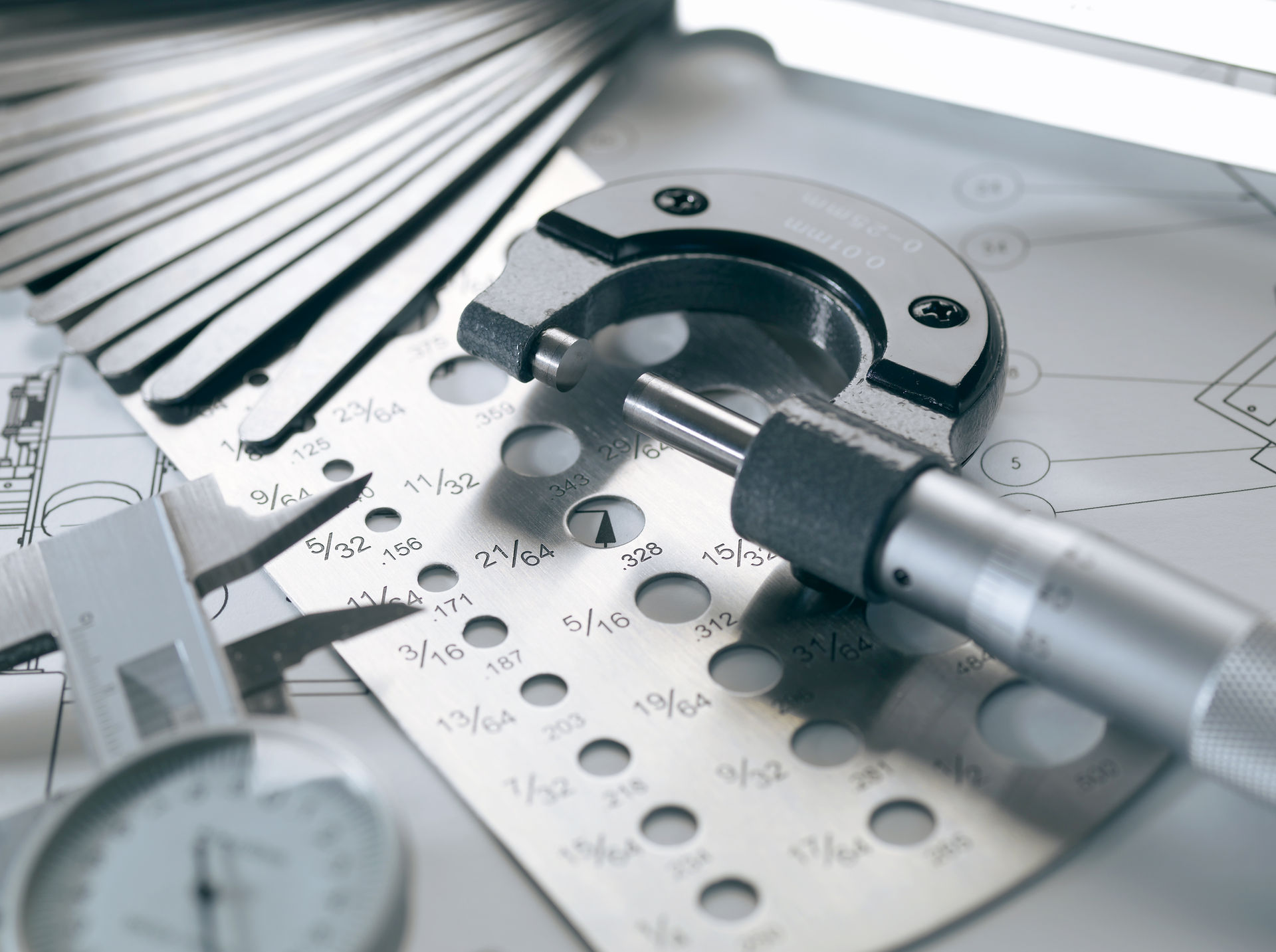CNC Machining vs. Forging vs. Casting – Which One’s Right for You?
- CNC Ken
- Apr 10
- 2 min read

If you're working on a project involving metal parts, you've probably wondered: CNC machining, forging, or casting—what’s the best choice? Each method has its strengths, It all depends on your requirements. But don't worry, we’re here to simplify things.
CNC Machining: Precision at Your Fingertips
Imagine starting with a solid block of metal and carefully carving away material until you have exactly the shape you want—that’s CNC machining. It's like sculpting metal, guided precisely by computers and CNC machines.
What’s great about CNC?
Super precise parts with tight tolerances (±0.01 mm or even better!). If your products demand high dimensional accuracy or require finely machined surfaces, CNC machining is the best choice. Ideal for prototypes or small to medium production runs. No mold or upfront tooling costs. Quick turnaround, typically ready in 1–4 weeks depending on quantity.
What’s the catch?
Can be pricey if you need a lot of pieces.
Creates some material waste because it’s subtractive (carving away).
Forging: Strength That Comes From Pressure
Forging is all about taking hot metal and pressing it into shape — literally squeezing strength into the part. It’s like toughening up your metal through pressure and heat.
Why pick forging?
Super strong, durable parts thanks to its dense structure.
Ideal for critical, high-stress parts (think automotive or machinery components).
The trade-off:
You’ll need to invest in molds upfront.
Usually requires larger quantities to be cost-effective.
Takes a bit longer — typically around months to get started.
Casting: Complexity Made Easy (and Affordable!)
With casting, you melt metal and pour it into molds, allowing it to cool into intricate shapes. It’s great when you have complex designs or high-volume production in mind.
Casting is ideal when you want:
Complex shapes made easily
Low cost per unit for large production runs
Downside for Casting:
Lower strength and a bit rougher finish.
Usually needs additional machining afterward.
Longer lead times due to mold creation and testing.
Here's the Quick Snapshot:
Strongest? Forging > CNC > Casting
Most Precise? CNC > Forging > Casting
Cheapest per unit? Casting < Forging < CNC
Lowest MOQ? CNC (lowest), Casting (medium), Forging (highest)
So, How Do You Choose?Here’s a quick way to decide:
Need a precise products? Go CNC.
Need durable, strong parts for big orders? Choose Forging.
Complex shapes in large quantities on a budget? Casting is your friend.
Still not sure? Easy fix—just drop us your drawings or requirements, and we’ll help you find the perfect match!
Ken
2025-4-10


Comments